Netronics Professional ASCII keyboard with a surprise inside
This is a Netronics Research and Development Limited Professional ASCII keyboard. It was originally found in a Times Sinclair lot on eBay and it had a cutout of a ZX81 keyboard advertisement taped to it that would show you the Sinclair ZX81 keys. My first thought was that it had an interface to one of the Timex Sinclair 1000s in the lot (there were three of them) but to my surprise, I found a Sinclair ZX81 inside the Netronics keyboard.
I have not yet taken it apart but I did have to clean up the key caps. These are Stackpole discrete switches that are have a slightly different construction than those on the Deskthority wiki. I’ve also found these key switches in a Heathkit H8 front panel. I haven’t decided if I will remove the Sinclair ZX81 and restore the keyboard to it’s original specification but if I ever fin a Netronics Elf II (that matches this keyboard), restoration will be a certainty. My hope is to find one and mate the computer with the keyboard.
It is historically interesting on the “homebrew” front and is a very nice example otherwise.
- Netronics Professional ASCII keyboard – top
- Netronics Professional ASCII keyboard – overhead
- Netronics Professional ASCII keyboard – profile
- Netronics Professional ASCII keyboard – back
- Netronics Professional ASCII keyboard – key caps removed
- Netronics Professional ASCII keyboard – Sinclair ZX81 inside
- Netronics Professional ASCII keyboard – key caps removed 2
- Netronics Professional ASCII keyboard – key caps removed 3
- Netronics Professional ASCII keyboard – Stackpole key switches
- Netronics Professional ASCII keyboard – key caps
Further update with internal photos of the ZX81 implementation.
- Netronics Professional ASCII keyboard -Internals keyboard to ZX81 connection
- Netronics Professional ASCII keyboard -Internals ZX81 to keyboard connection
- Netronics Professional ASCII keyboard -Internals ZX81
- Netronics Professional ASCII keyboard -internals keyboard PCB
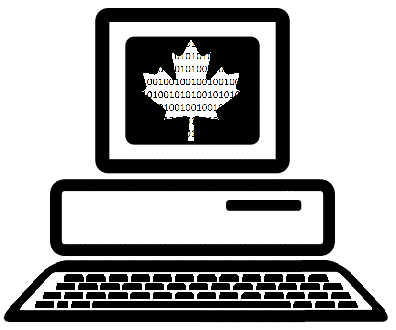
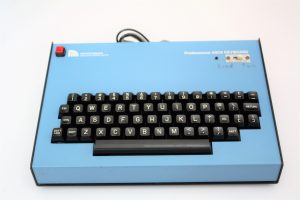
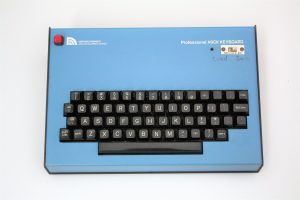
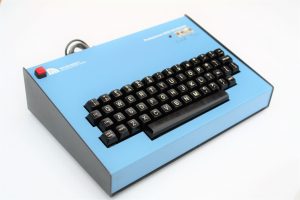
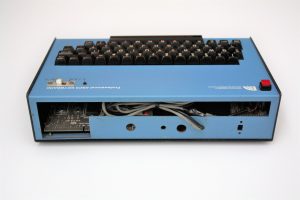
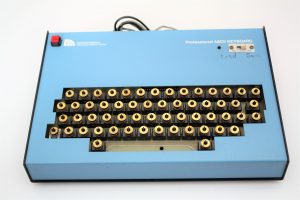
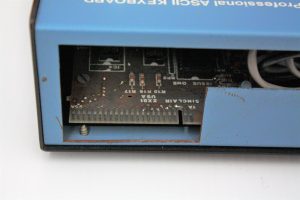
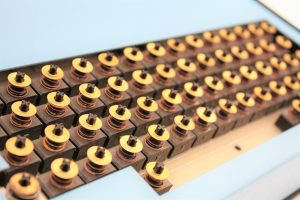
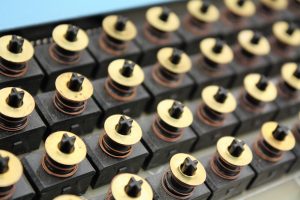
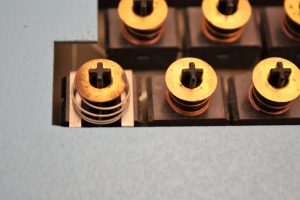
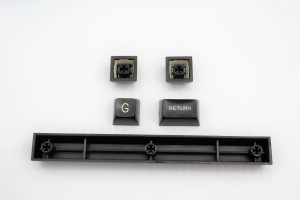
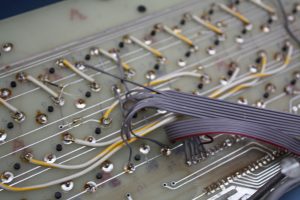
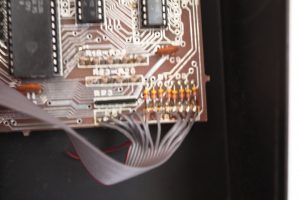
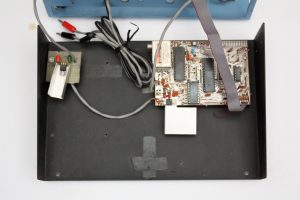
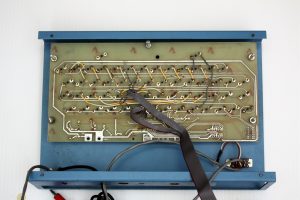
I love this. Its the vintage version of what people are doing today with Rasberry PI’s. It appears that the cutout in the rear panel was done by who ever installed the ZX81 board to have access to the board edge “fingers”.
Originally there would have been a video board as well – these terminals were also used on the Explorer 85 also made by Netronics.
I love seeing old ASCII keyboards. You know you’re looking at one when Shift-2 produces a double quote, and the parentheses are above 8 and 9. These keyboards produce true ASCII character output — there is no keymap. That’s why the characters over the number keys are what they are — the shift key literally toggles bit 6 from a 1 to a 0 so that the character produced is in a different range of the character set, but the less significant bits remain the same.
I have a complete and working Elf II at home. The Video Display Board, together with a composite monitor, turned the keyboard into a VT100(?) compatible serial terminal. By itself the keyboard can be used by the Elf as parallel ASCII keyboard. Unfortunately my Video Display Board has not survived, but both the monitor and the keyboard still work.